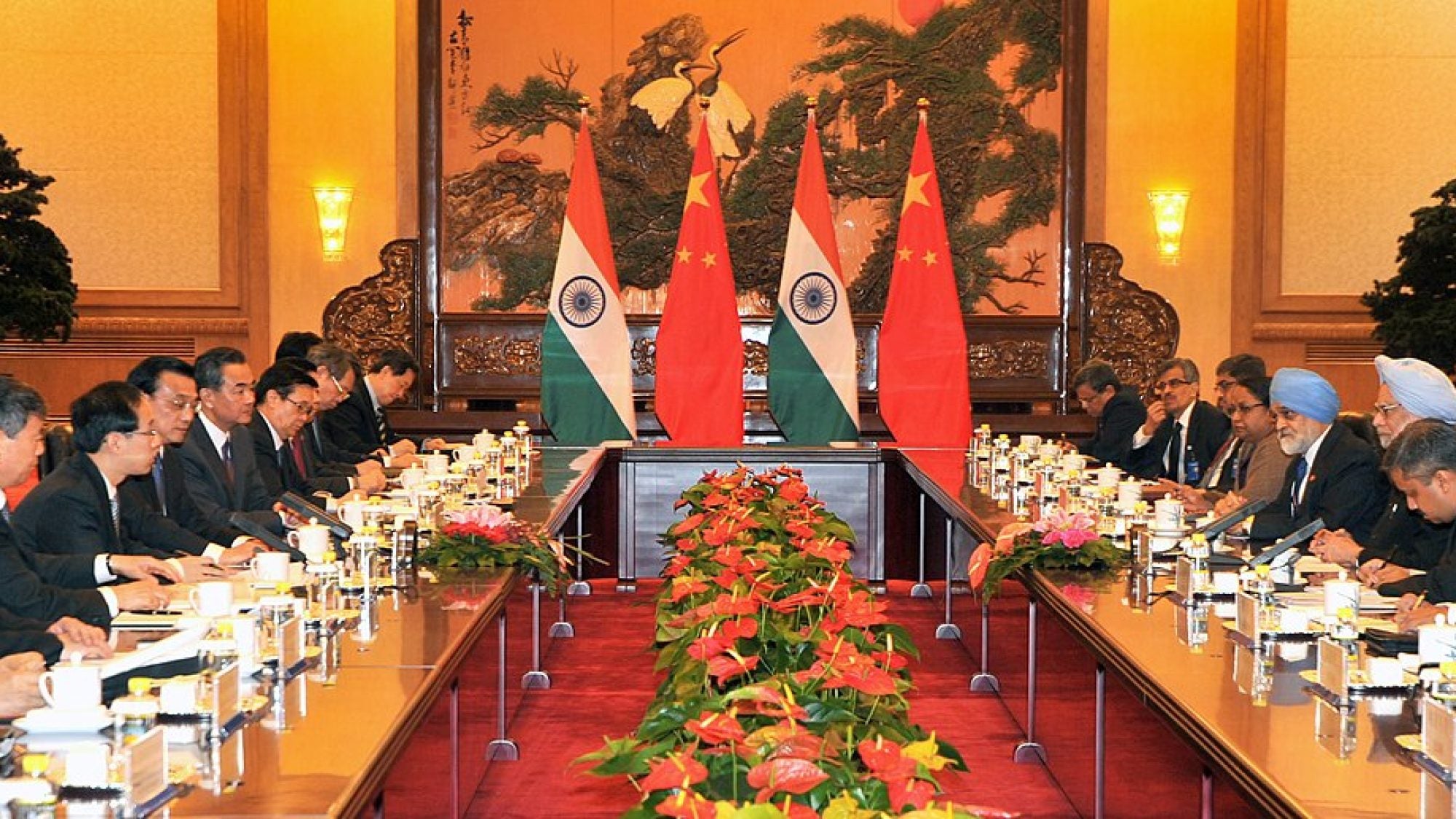Yet for all the circling and posturing, the situation is relatively stable. Neither are status quo powers per se, as both see greater global roles for themselves. They try to expand their respective influence in the region, often at the other’s expense. Meetings are held to resolve border issues, making noise that looks like progress, but the fundamental issues remain. As recently as December, the press reported that the two countries had reached a “common understanding,” on the border, but what that understanding consists of has yet to be explained. Nevertheless, both countries are invested in maintaining the status quo towards each other, as neither country wishes to escalate beyond their current regional fencing match. For example, despite China’s close relationship with Pakistan, the Chinese government has deliberately not used it to antagonize India. On January 11, Beijing stated that the current tensions in Kashmir are for India and Pakistan to solve by themselves. If China wished to put pressure on India, this would be an excellent opportunity. Instead the Chinese government is not getting involved. Stability, it appears, is more important.
The most recent development was the Annual Defense Dialogue between India and China on January 14-15. The two countries agreed to strengthened military ties at these talks, and there is the possibility of joint military exercises. Such a reaffirmation would be impossible if both countries did not have a vested interest in maintaining the status quo.
Despite the lingering distrust between the two nations, it is unlikely that their relations will sour. Neither country can afford to have the other as an enemy. President Obama’s pivot to Asia will continue to put pressure on China, particularly with the increased presence of US forces in Australia. Combine that with Chinese tensions with Japan and the election of the arch-nationalist Shinzo Abe as Japan’s new prime minister, and one plainly sees that China is hedged in along the Pacific. A truly antagonistic relationship with India would leave China effectively encircled.
India has too many security problems—terrorism, Kashmir and Pakistan—to want China as an enemy. Unlike Australia or Japan, there also is no reason to assume India would pressure China at the behest of the United States. While India and the United States are currently on good terms, India’s historical and continuing attachment to the non-aligned movement makes it unlikely they will place themselves in the pro-America camp.
There are plenty of people in both countries who see the India-China relations as inherently antagonistic. However, no county has monolithic views on any issue, and fiery rhetoric remains just words until either side’s government acts on it.
At the end of the day, both countries have more pressing problems than each other. They will continue to try to outmaneuver each other in Asia, and the border will not be resolved in the next decade. But this is the rare case when both countries benefit from the status quo, and their leaders know it.
Image Credit: Prime Minister’s Office, Wikimedia Commons
This is an archived article. While every effort is made to conserve hyperlinks and information, GJIA’s archived content sources online content between 2011 – 2019 which may no longer be accessible or correct.

